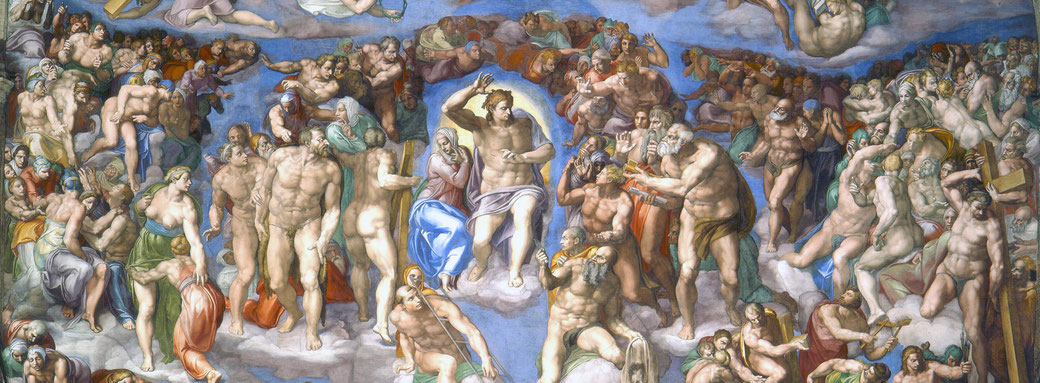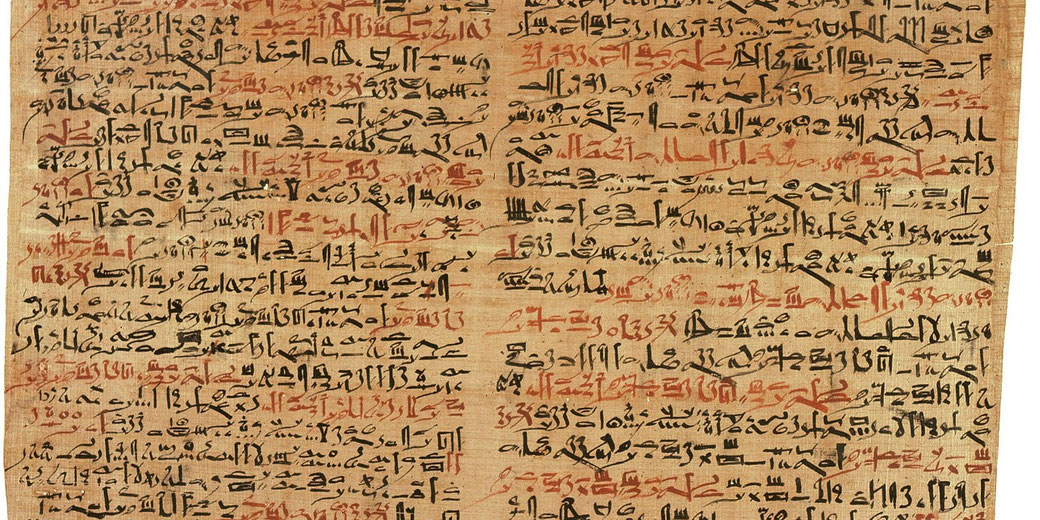Critical Use of Sources

One of the most important aspects of studying history is the need to engage with historical sources. Reading and understanding sources requires a specific set of critical thinking skills that will allow you to analyse and evaluate them. Each skill is vitally important to doing well in the subject.
In order to help you understand how each of these skills relate to each other, they are organised in a table below.
To learn more about each of the skills, click on the hyperlinks in the tables to see more detailed explanations and examples.
|
Critical Thinking Skills |
Historical Skills |
| Comprehension |
Understanding and explaining:
- The explicit (obvious) meaning of a historical source |
|
|
Understanding and explain meanings that are implicit (hinted at) within a historical source. For example: - Ideas described in a political cartoon, photograph, propaganda poster, painting, carving or sculpture - The theme (overall message) of a speech or an article - The meanings of metaphors in written texts - Beliefs, values or motives that influenced individuals or group |
|
|
Identifying and explaining the historical aspects of sources. For example: - What kind of source it is (primary or secondary) - What type of source (artefact, written, painting, photo, etc.) - Who was the creator of the source - When it was created - Who the intended audience of the source was - What the purpose of the source was (why it was created) - What perspective (point of view) the source contains - Whether it contains any bias (for or against people or ideas) - If the source’s information can be corroborated (confirmed or supported) by other sources - If the source’s information is in contradiction with other sources |
|
Deciding how valuable a historical source is, according to what you discovered in your analysis. For example: - How relevant particular sources are to your investigation - How accurate the information in source is - How reliable a source, author or information is - Whether the source's interpretation is contested by other sources - Whether the source’s point of view represents the majority or a minority opinion of the time |
Looking for revision material for source criticism?

Additional Resources
Constructive (Source) Criticism

What do you need help with?
Download ready-to-use digital learning resources
Copyright © History Skills 2014-2025.
Contact via email
With the exception of links to external sites, some historical sources and extracts from specific publications, all content on this website is copyrighted by History Skills. This content may not be copied, republished or redistributed without written permission from the website creator. Please use the Contact page to obtain relevant permission.






